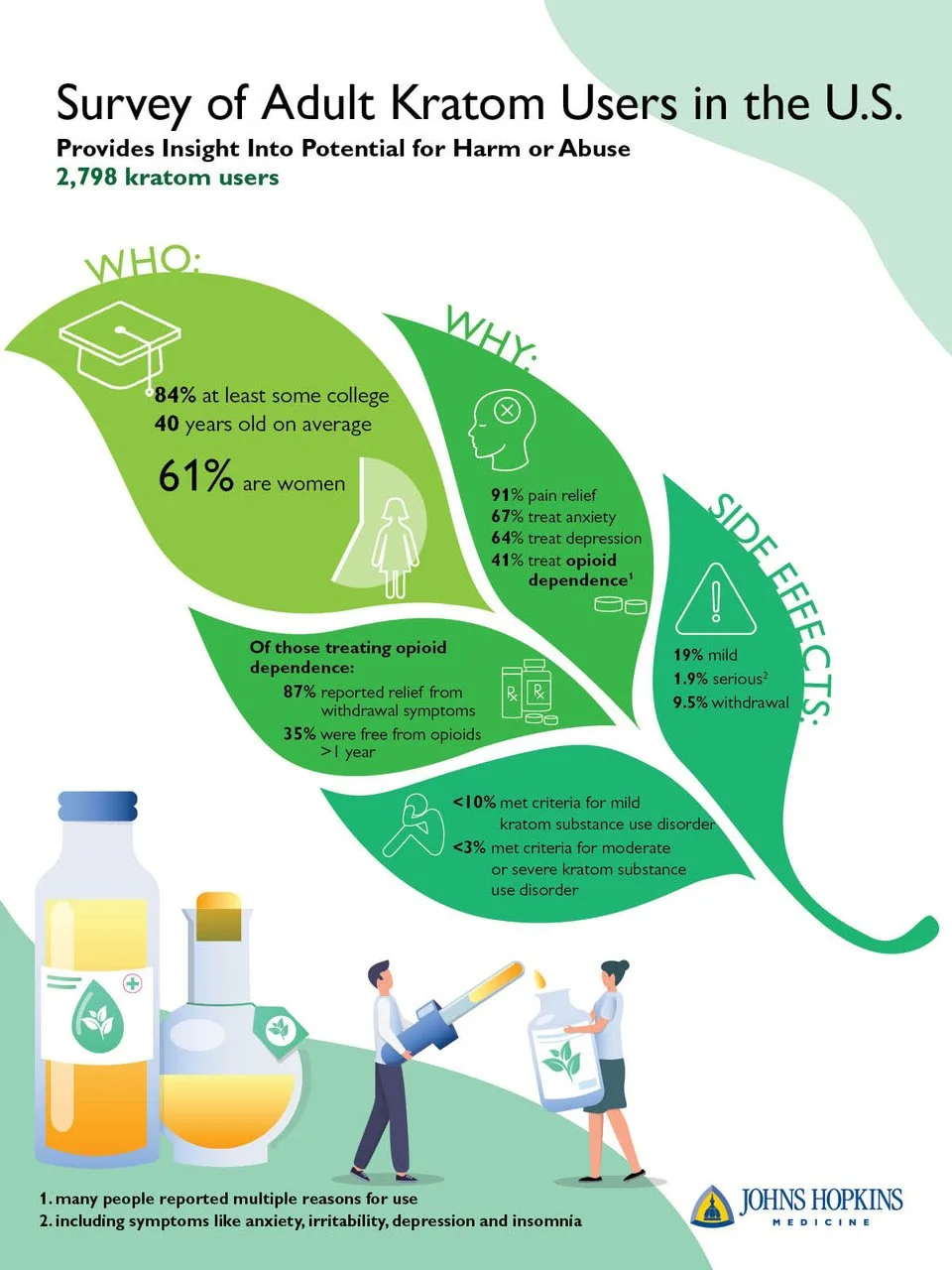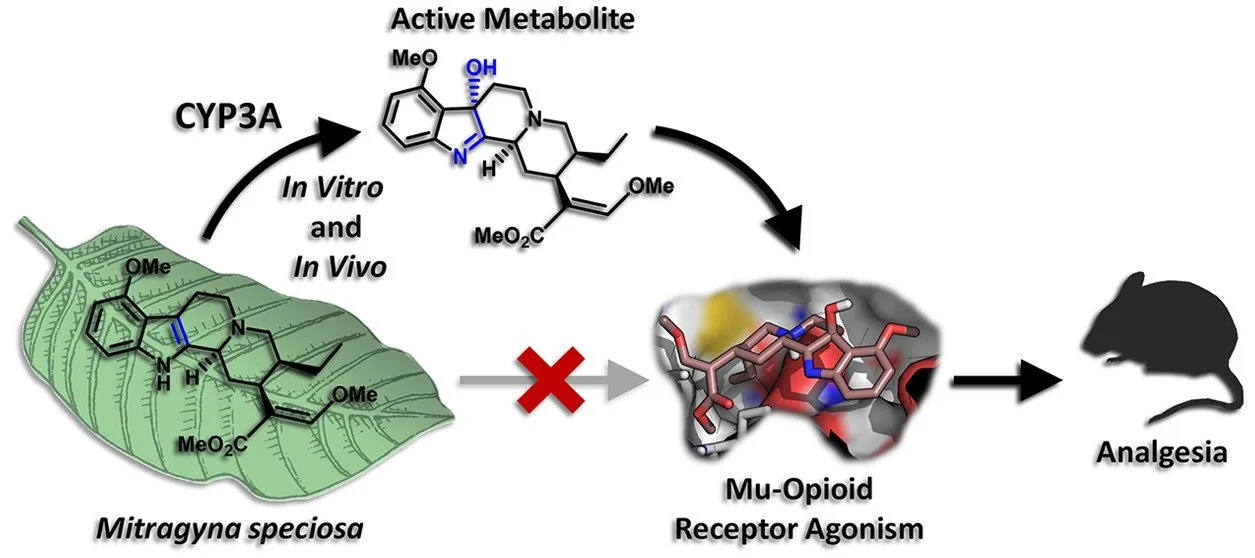WHO ECDD PRE-REVIEW OF KRATOM
Summary of assessments, findings and recommendations of the 44th World Health Organization’s (WHO) Expert Committee on Drug Dependence (ECDD), 11–15 October 2021*
Substance identification:
Kratom is the common term for Mitragyna speciosa, a tree native to Southeast Asia. Kratom use is almost exclusively oral, typically by chewing the leaves, ingesting powdered leaf, or drinking a kratom infusion or decoction, or by ingesting powdered leaf as a capsule or pill or dissolved in a beverage. Other forms such as extracts and resins are also used. Several alkaloids have been detected in kratom plants. The main known psychoactive components of kratom are mitragynine and 7-hydroxymitragynine, both of which are found in the leaves of Mitragyna speciosa.
Mitragynine is the most abundant alkaloid in kratom. Whilst 7-hydroxymitragynine is a minor alkaloid, it is also a metabolite of mitragynine. WHO review history Kratom has been under ECDD surveillance since 2020 due to a country level report indicating the potential for abuse, dependence, and harm to public health from mitragynine and 7-hydroxymitragynine, and a report from an international organization regarding documented fatalities associated with kratom use. A pre-review on kratom, mitragynine, and 7-hydroxymitragynine was initiated following consideration of these reports. Similarity to known substances and effects on central nervous system Mitragynine and 7-hydroxymitragynine are partial agonists at the mu-opioid receptor. Human studies demonstrate the analgesic effects of kratom, while kratom extract, mitragynine and 7-hydroxymitragynine have been shown to be antinociceptive in animal models. The antinociceptive effects are reversed by an opioid antagonist. Mitragynine also binds to adrenergic receptors, serotonergic and dopamine receptors. Although there is limited information regarding its effects at these receptors, kratom extracts and mitragynine have been reported in animal studies to have a variety of non-opioid-like behavioural effects, including antidepressant and antipsychotic effects. Reported adverse effects as a result of kratom intoxication have included neuropsychiatric (agitation, confusion, sedation, hallucinations, tremor, seizure, coma), cardiovascular (tachycardia, hypertension), gastrointestinal (abdominal pain, nausea, vomiting) and respiratory (respiratory depression) symptoms. A number of cases of kratom-associated liver toxicity have been documented.
Dependence potential In animal models, repeated dosing with mitragynine produced dependence, evidenced by naloxone-precipitated withdrawal. The withdrawal syndrome from kratom appears to be less severe than withdrawal from morphine. In humans, opioid-like withdrawal symptoms have been reported following cessation of kratom use. Limited epidemiological evidence indicates that withdrawal is usually mild. There are a small number of cases of neonatal opioid withdrawal symptoms in neonates born to mothers who used kratom regularly. Actual abuse and/or evidence of likelihood of abuse Animal studies with kratom extracts have not shown abuse liability in one animal model. Mitragynine and 7-hydroxymitragynine have effects indicative of abuse liability in some animal models but not in others. Mitragynine is not self-administered by animals, while 7-hydroxymitragynine has been shown to be self-administered, supporting a likely abuse liability. Kratom can produce serious toxicity in people who use high-doses, but the number of cases is probably low as a proportion of the total number of people who use kratom. Although mitragynine has been analytically confirmed in a number of deaths, almost all involve use of other substances, so the degree to which kratom use has been a contributory factor to fatalities is unclear. Kratom and mitragynine have been associated with cases of driving under the influence, but their role in driving impairment could not be established in most instances. Multiple countries across various regions report nonmedical use of kratom. Seizures of kratom and related products have been reported in several countries.




